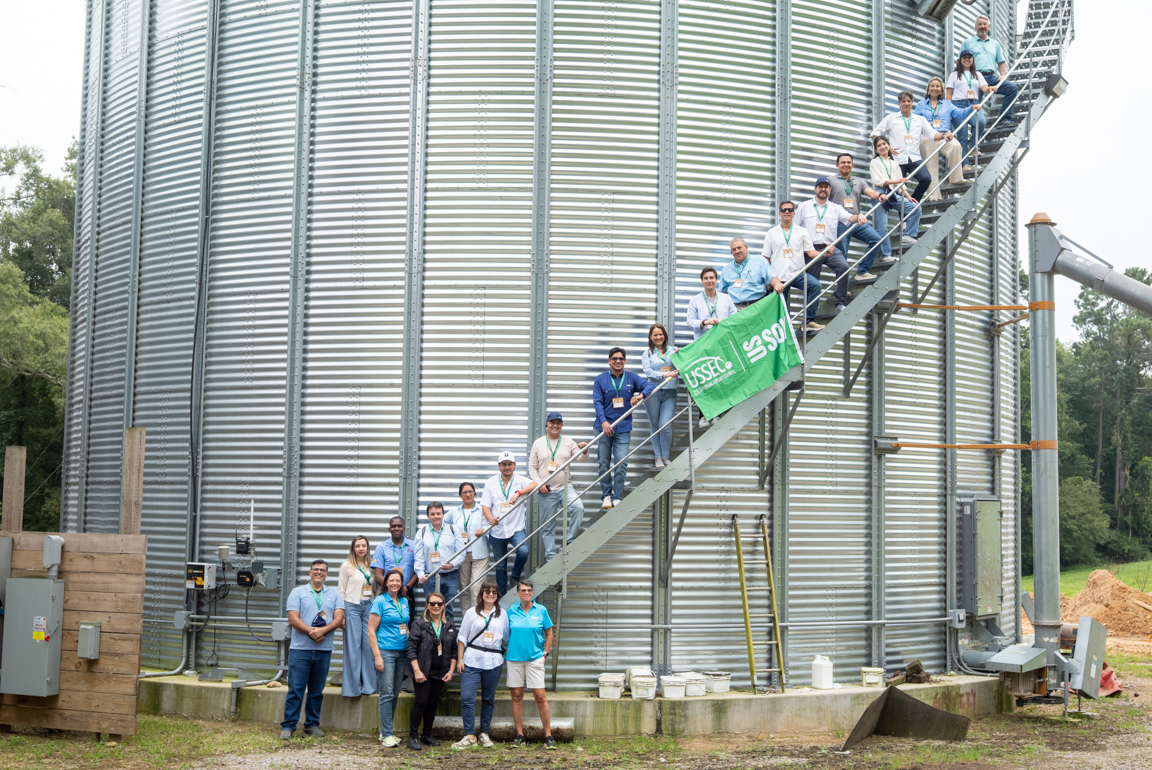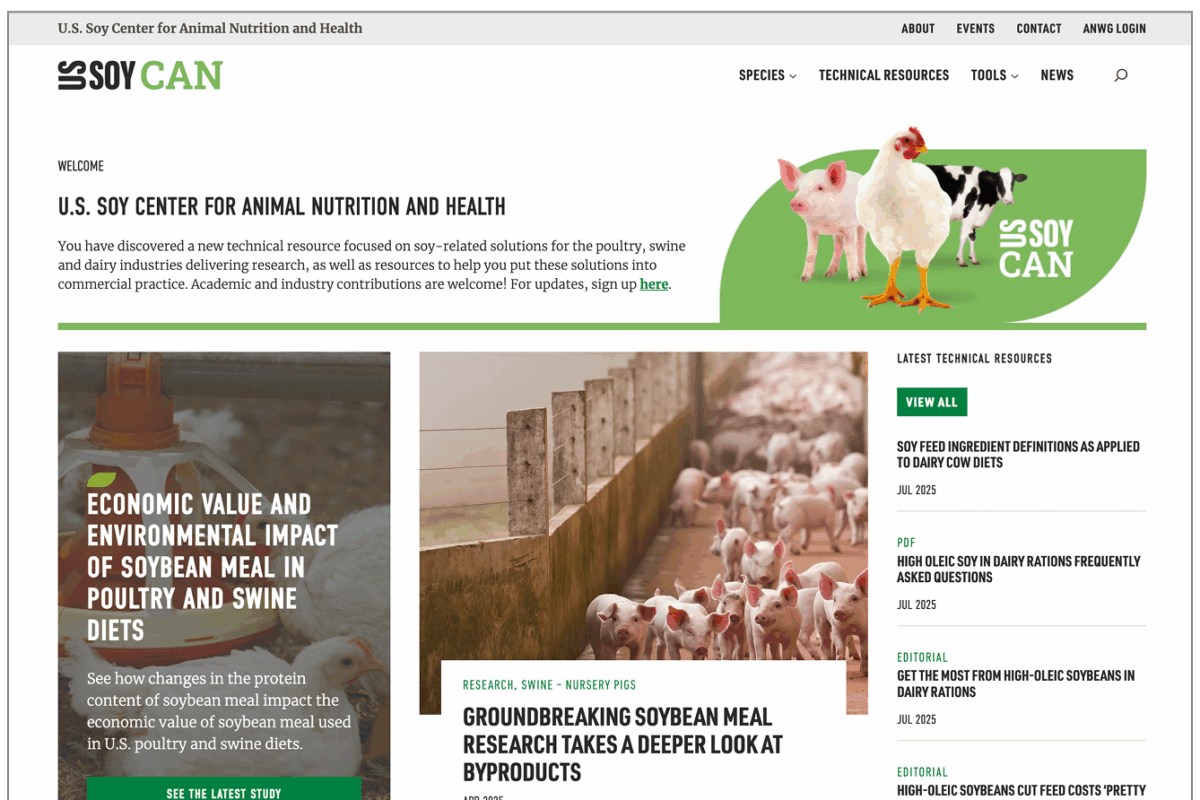Soybean Quality Goes Beyond Just Protein

Five attributes that make U.S. soybean meal a preferred feed source
U.S. soybean meal is an excellent source of protein, essential amino acids and other valuable nutrients, which is why the animal ag sector continues to use so much of it. However, it’s important for U.S. soybean farmers to continue to improve their soybean quality to make sure their biggest customers keep coming back for more.
Better soybean quality increases demand, which improves soybean farmer profitability. Growing soybeans with higher levels of protein and oil is easy. Just ask your seed dealer to find varieties that will produce more of these components without sacrificing yield.
But soybean meal is popular for more than just protein, and here are a few other reasons why:
- Nutrition. Soybean meal’s amino-acid profile meshes well with that of corn. And many of the amino acids found in soybean meal are easily digestible. Soybean meal also contributes energy, vitamins and minerals.
- Reliability. The U.S. soybean value chain features a large network of processing plants and transportation options to meet customer needs. And the end product is consistent and available at a competitive cost.
- Physical characteristics. U.S. soybean meal has many characteristics that enable a consistent flow, limiting hang-ups and easing feed manufacturing. And processors can customize a variety of soybean meal’s attributes, such as moisture and grind, to improve the meal’s value even more.
- Sustainability. U.S. soybean farmers have steadily improved their sustainability performance in recent years. So with soybean meal, feed formulators know they’re getting a high-quality ingredient with a reduced impact on the environment.
- Industry support. The checkoff supports animal ag in several ways to help the No. 1 customer for U.S. soybean meal enhance its profitability. Examples include funding research to improve soybean quality, studying animal ag’s positive benefits to the economy, marketing U.S. meat and poultry internationally and communicating with consumers about where their food comes from.



